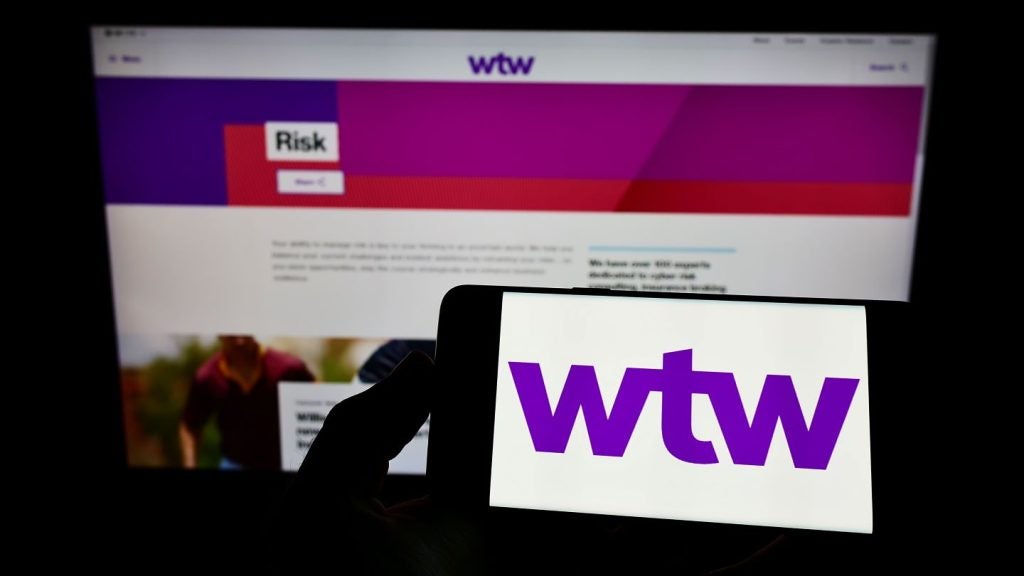The quiet gap in digital progress
Retail banking has changed faster in the last decade than in the previous fifty years. Every process that once required patience now happens instantly. Accounts open through apps. Payments clear in seconds. Fraud alerts appear before a customer notices something is wrong.
The industry calls this digital inclusion, but for many customers it has begun to feel like digital distance.
Speed has given access yet removed something older and more fragile: a sense of who is responsible when things fail.
When the same systems that promise inclusion freeze an account, decline a transaction, or misread behaviour, the customer no longer knows who to speak to. Technology becomes a wall rather than a bridge.
Confidence in banking is not lost in one large collapse; it disappears quietly, in small moments when people feel no one is answerable. That is the accountability gap that now defines the future of retail banking.
From inclusion to responsibility
The early years of digital banking focused on access. The goal was to make banking possible for anyone with a phone. It worked. Millions who once stood outside the system now have an account, an app, and a password.

US Tariffs are shifting - will you react or anticipate?
Don’t let policy changes catch you off guard. Stay proactive with real-time data and expert analysis.
By GlobalDataBut inclusion without responsibility is only half a promise.
When systems make decisions invisibly, inclusion risks turning into exclusion by another name.
A customer may be technically included, but if the process is confusing, or the outcome feels unfair, trust erodes.
The shift now facing banking is not about new channels or new technologies. It is about new accountability.
Customers are no longer asking only, “Can I access my account?” They are asking, “Can I rely on my bank to stand behind its decisions?”
That question changes everything. It turns digital inclusion from a technology project into a moral one.
When digital fails quietly
Technology rarely fails loudly anymore.
Most breakdowns in modern banking are silent: a transfer delayed a password reset that does not work a chatbot loop that offers apology but not help.
These failures do not appear in headlines. They appear in daily life.
- A customer standing at a petrol station late at night, card declined for no clear reason.
- A pensioner told to verify their identity through an app that does not recognise their face.
- A small-business owner refreshing the screen, waiting for confirmation that never comes.
Each of these moments chips away at confidence.
People forgive mistakes when someone accepts them. They lose patience when the process feels faceless.
Technology can fail gracefully only when there is a human response behind it.
Without that, inclusion becomes isolation, and innovation feels hollow.
Accountability must remain human
Accountability is not a feature that can be programmed. It begins with a name, a voice, and a willingness to take ownership. Yet modern banking often hides accountability behind process.
Forms replace conversations. Notifications replace explanations.
Customers do not expect perfection. They expect someone to care enough to respond.
When they ask a question and receive only an automated message, the message may be accurate but it is not accountable.
True accountability requires three things:
- Visibility – customers know who to contact.
- Ownership – that person or team has the authority to act.
- Empathy – they understand the cost of uncertainty.
A customer whose payment has been frozen for security reasons may accept the delay if someone calls explains and assures them it will be resolved.
Without that call, even a well designed system becomes an enemy. Technology can execute decisions, but only people can justify them. A code can protect money; a person protects meaning.
The evolution of trust
Trust used to depend on proximity. A local branch manager knew the community and represented the bank’s word.
As banking became digital, proximity turned into promise: the promise that technology would be just as reliable as the person behind the desk.
That promise worked while the experience felt transparent.
It faltered when digital efficiency outpaced human connection.
Trust now rests on something deeper: moral continuity.
Customers want to believe that even as technology changes, their bank’s sense of responsibility does not.
They will forgive downtime, error messages and even fraud alerts if they feel the institution still stands beside them.
The hardest part of digital transformation is therefore not speed or security. It is the preservation of accountability at human scale.
Lessons from across markets
Across different regions, the same theme repeats.
Banks that succeed in digital transformation are not simply those with the best technology. They are those that make accountability visible.
- In some markets, regulators have begun insisting that fairness and clear responsibility be built into digital systems.
- In others, community banking models have survived precisely because customers know who will pick up the phone.
- A local call answered in ten minutes often does more for confidence than an app that never explains itself.
These examples remind us that inclusion is not only about reaching more customers.
It is about staying reachable when customers reach back.
Access without accountability breeds suspicion.
Presence with accountability builds trust.
Measuring what truly matters
Banks measure almost everything: uptime, transactions per second, fraud prevention rates, and app downloads.
What they rarely measure is how accountability feels.
Imagine metrics that reflect responsibility rather than output.
- How quickly does a customer receive a meaningful human response when something goes wrong?
- How many issues are explained, not merely resolved?
- How many customers end an interaction feeling reassured, not dismissed?
- How often did the bank reach out before the customer complained?
A complaint handled in a single day is meaningless if the explanation leaves the customer uncertain. A slower response that restores confidence has more value.
Speed matters, but understanding matters more. If banking wants to rebuild confidence, it must start measuring emotional outcomes: calmness after crisis, clarity after confusion, loyalty after error. These are not sentimental metrics. They are economic ones.
Because every customer who feels reassured becomes a silent advocate, and everyone who feels ignored becomes a critic.
Leadership and ownership
Responsibility begins at the top. Boards and senior leaders cannot delegate accountability to technology departments.
They must treat loss of trust as operational risk. When a system failure occurs, accountability should be immediate and personal.
Customers should know that someone senior has acknowledged it, apologised, and taken charge of prevention.
That single act often restores confidence faster than any technical fix. Leadership accountability also means changing how success is reported.
Annual reports celebrate innovation and efficiency. Few mention how the bank responded when systems failed or when customers felt excluded.
Yet those are the moments that define reputation. Imagine if leadership statements included reflections on empathy and care: how many complaints were resolved through personal follow up, how many vulnerable customers were contacted proactively, how many times communication prevented panic.
That would make responsibility visible again.
A culture of accountability does not emerge from compliance training.
It grows from example.
When senior leaders model humility and responsiveness, those values flow naturally through the organisation.
Rehumanising digital banking
As automation expands, rehumanising banking is not nostalgia; it is necessity.
Customers will continue to use apps, chatbots and online forms.
But they also need reassurance that a real person remains accountable for what those systems do.
That reassurance can take many shapes:
- A short message signed with a name instead of “no-reply”.
- A direct phone number offered when the issue is complex.
- A branch colleague empowered to make exceptions without waiting for head office approval.
These gestures may appear small, yet they define the tone of accountability. They tell customers: “We see you, and we take responsibility.”
Technology cannot make that promise on its own.
Rehumanising does not mean rejecting progress.
It means remembering that digital inclusion without emotional inclusion is incomplete.
A customer who feels understood will use digital tools confidently.
A customer who feels abandoned will not trust them again.
The road ahead
Accountability will soon become the defining test of retail banking leadership.
As technology becomes invisible, what remains visible is behaviour. Customers will judge banks not by their innovations but by their responses to mistakes.
The next phase of inclusion will require banks to design systems that explain themselves. Every alert, every automated decision should come with a clear, human-readable reason.
Every process should include an immediate path to a person with authority.
This is not only ethical; it is efficient.
The time spent explaining a failure is less than the time spent rebuilding a damaged relationship.
A bank that communicates responsibility early saves both reputation and resources later.
Confidence in digital banking will rise not when systems never fail, but when accountability never hides.
That is the standard customers will come to expect.
It is also the standard regulators and investors will quietly reward, because institutions known for integrity face fewer crises.
Conclusion: accountability is the new inclusion
The story of retail banking has always been about trust.
From the handwritten ledgers of the past to the code that now moves billions, every era has measured trust differently.
Today, the new measure is accountability. Customers no longer ask whether digital banking works. They ask whether it works responsibly.
They want to know that when automation makes a mistake, there is still someone who will apologise and fix it. Inclusion gave people access.
Accountability will give them confidence. A society cannot be financially included if it feels emotionally excluded.
Digital banking can only be truly inclusive when responsibility is visible, empathy is intentional, and care is continuous.
Banks can protect money with technology, but they can rebuild confidence only with accountability.
That is how retail banking will regain its quiet, enduring trust — one responsible action at a time.
Dr. Gulzar Singh, Senior Fellow – Banking & Technology; CEO, Phoenix Empire Ltd









